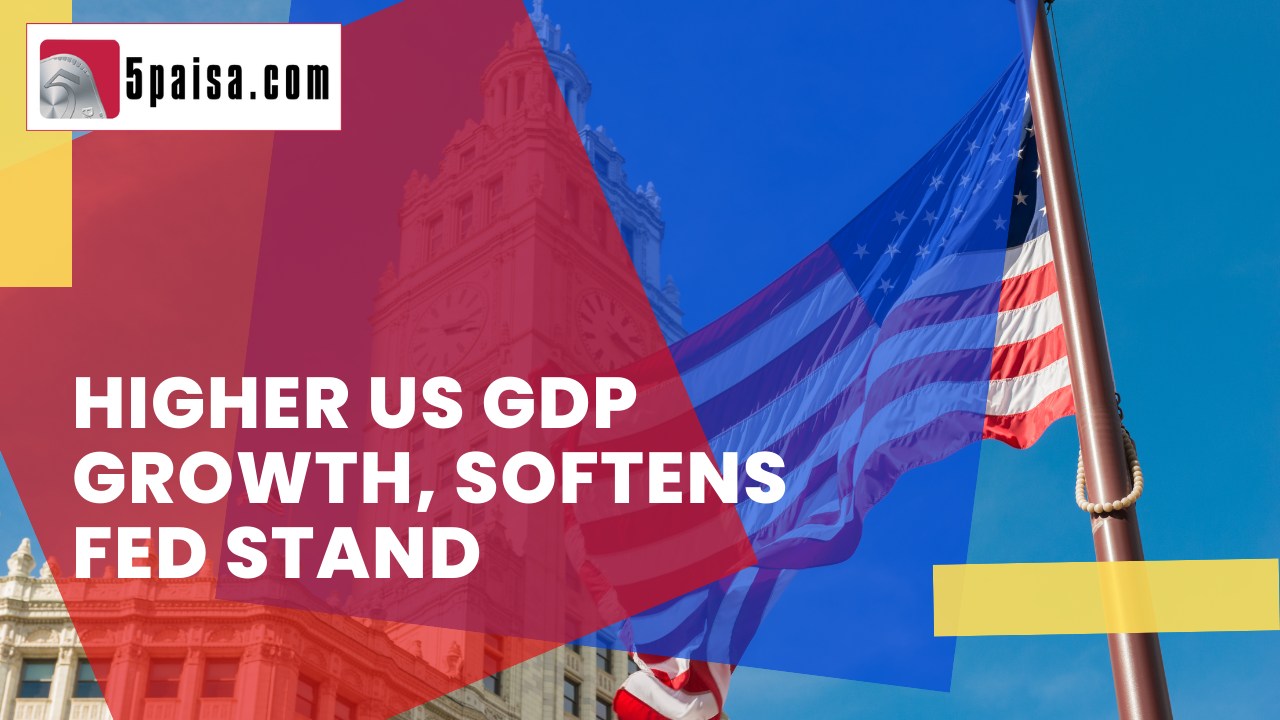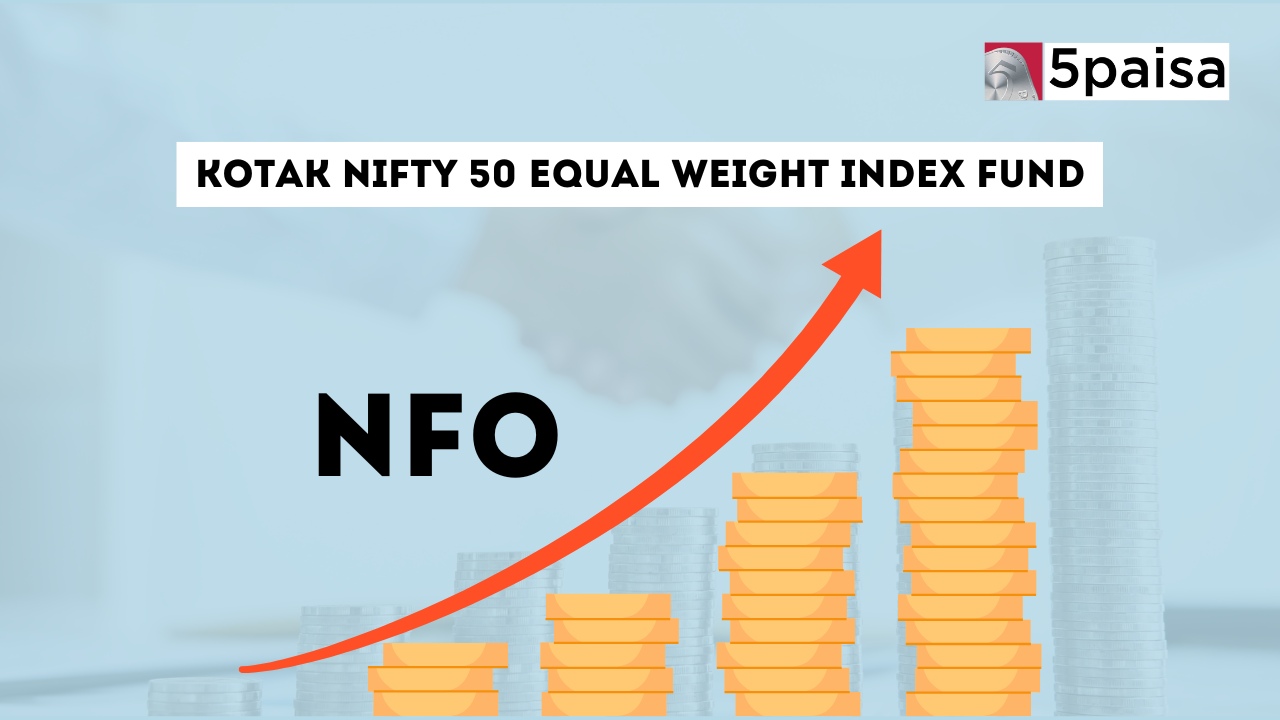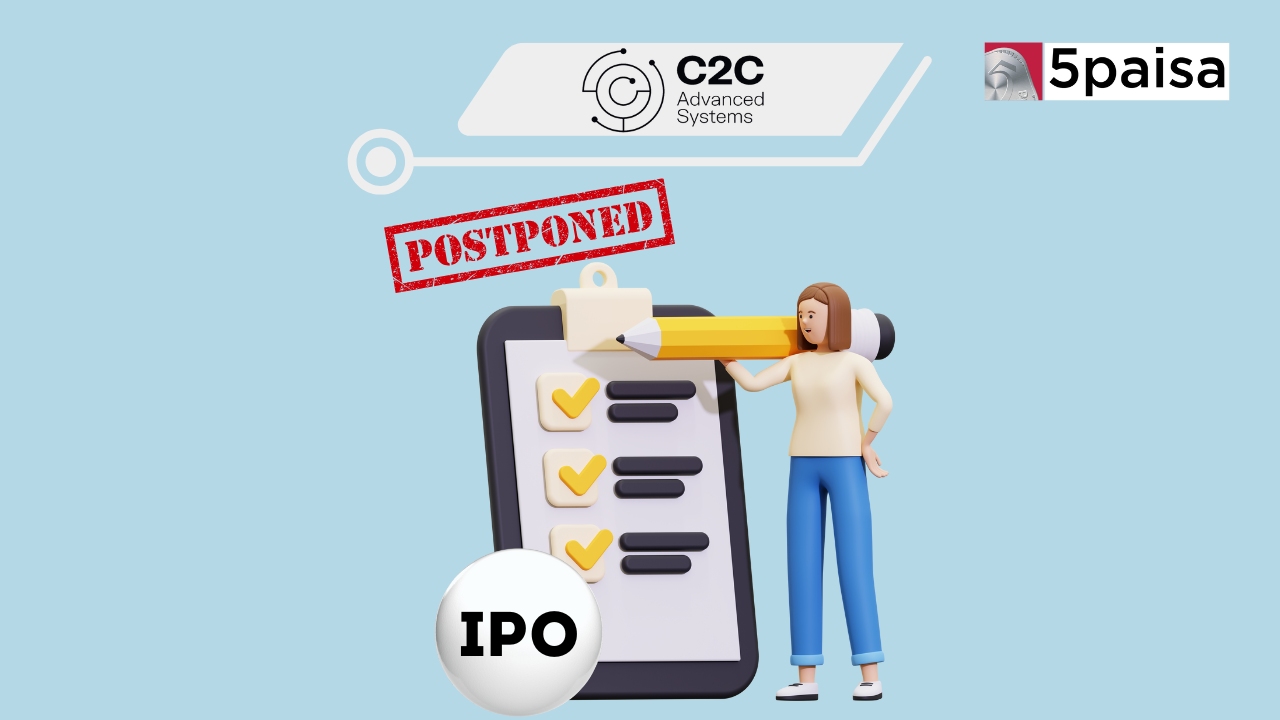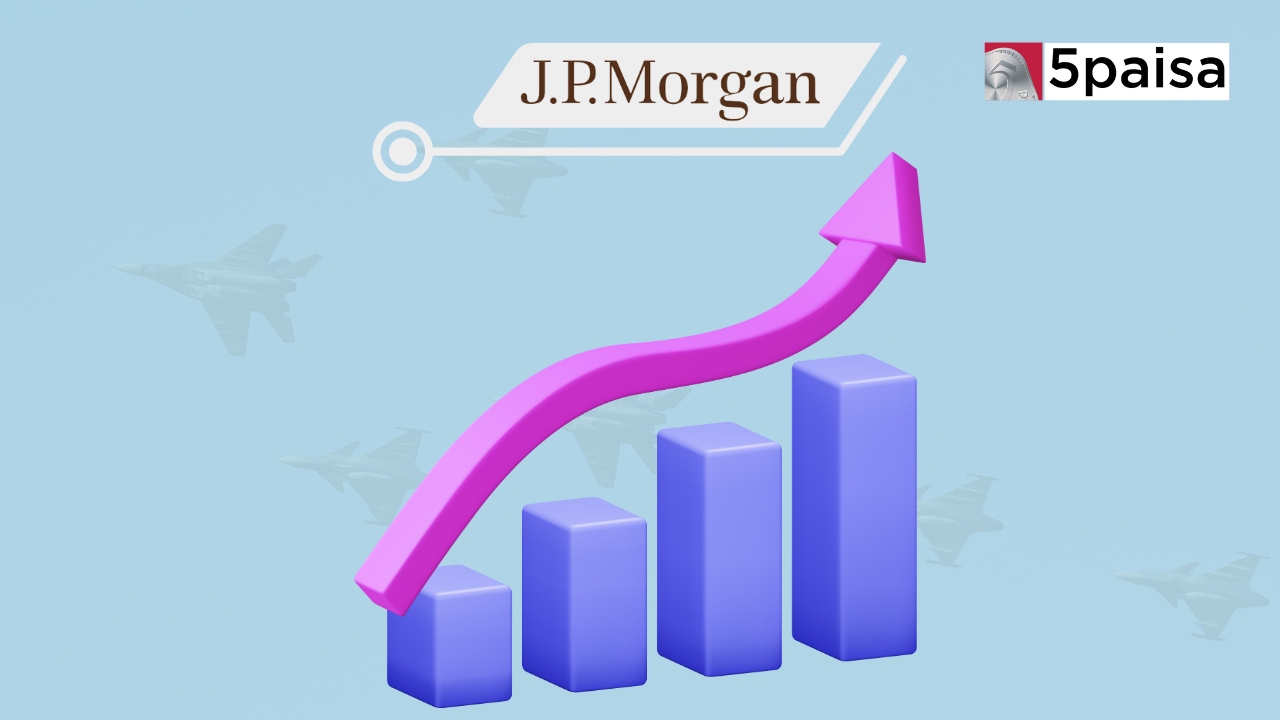Pine Labs Targets $1B IPO in FY26 With $6B Valuation
Higher US GDP softens Fed stand on rates

Last Updated: 13th December 2022 - 01:33 pm
On 30th November, two interesting piece of statistics were put out in terms of US macros. One was a data point and other was a statement, but both were closely related. On the one hand, the Q3 GDP for the US economy for the period ending September 2022 were put out. The second advance estimate at 2.9% was a full 30 bps higher than the first estimate of 2.6%. This was a welcome shift for the US economy after 2 quarters of negative GDP growth. In another speech, Jerome Powell confirmed that the Fed would go slow on rate hikes, and the shift in its stance could start as early as from December 2022 itself.
Key takeaways from the US GDP growth story
Here are some key takeaways from the US GDP growth story for September 2022 quarter.
-
The second advance estimate of GDP for the Q3 indicated that despite higher interest rates and chronic inflation, GDP growth in the US was stronger than originally anticipated.
-
For the September 2022 quarter, there has been a 30 bps upgrade to its GDP estimate from 2.6% to 2.9% largely helped by upward revisions to consumer spending and business investment, even amidst rising inflation worries.
-
In the past, the US had underlined that low real rate of growth was due to high inflation and that would change once inflation was under control. With falling PCE inflation, the GDP estimate for the US economy got an upgrade to real GDP growth level of 2.9%.
-
Gross domestic income (GDI) was up 0.3% in Q3 after contracting by -0.8% in Q2. Now GDI is the measure of the income generated and costs incurred from producing those goods and services and that is more of a high frequency indicator.
-
The inflation that the Fed and the US agencies consider The personal consumption expenditures (PCE) price index has risen by just 4.6% at a core inflation level; excluding the impact of food and energy prices. This has shown a steady fall.
-
The US economy had contracted in the first two quarters of 2022, raising fears of a recession (defined as 2 consecutive quarters of negative GDP growth). However, with the bounce in the third quarter, that risk may be off the table, although the inverted yield curve is still indicating the possibility of a recession in the next one year.
-
It is not just the growth, but the components of growth that matter. The signs of resilience are visible in the US economy through steady hiring, job openings and low unemployment. Sharp gains in exports and consumer spending were the icing on the cake for the US economy.
-
However, manufacturing continues to be under pressure, although there has been some easing of supply chains that had been virtually blocked since the US economy began rebounding from the pandemic recession two years ago. The shopping numbers for Black Friday and Cyber Monday indicate at a huge pent up demand among consumers.
-
However, the consistent tightening by the Fed has had its impact on key macros. It has made most loans sharply expensive; including business loans and mortgage loans, which has impacted the US housing segment. In Q3, housing investment shrank -26.8%.
Clearly, the last point is the only worry and that calls for a more calibrated approach by the US Fed. That is exactly what Jerome Powell has hinted at.
Jerome Powell hints at slower pace of rate hikes ahead
After a long gap, there has been an affirmative commitment from the US Fed that rate hikes would slow, possibly from December itself. The street has already been hinting at a 50 bps rate hike in December and perhaps a few more smaller rate hikes of 25 bps after that. The terminal rate is still being assumed at above 5%. Speaking at the Brookings Institution in Washington, Jerome Powell gave the first obvious hint that the Fed may look at slowing the pace of rate hikes in the future. This would be essential since rates were well above neutral and sectors like consumption and housing were showing a lot of strain.
While most of the economists still believe there could be a recession in the US, Powell appears to believe otherwise. He feels that a soft-landing for the economy was entirely a plausible scenario. Powell has specifically mentioned that going ahead, slowing rate hikes would balance the risks to the economy from inflation and slower growth. It would ensure that inflation is controlled without compromising on growth beyond a point. Finally, the US appears to be getting its strategy working. The only challenge now would be to avoid a hard landing of the US economy.
Trending on 5paisa
Discover more of what matters to you.
Indian Market Related Articles
Disclaimer: Investment in securities market are subject to market risks, read all the related documents carefully before investing. For detailed disclaimer please Click here.
 5paisa Research Team
5paisa Research Team





